
Copernical Team
Ex-intel officer says US hiding info on alien craft
 We are not alone - and American authorities are covering up the evidence, a former US intelligence officer told a congressional committee on Wednesday.
David Grusch testified that he "absolutely" believes the government is in possession of unidentified anomalous phenomena, or UAPs - which has replaced the term UFO in official parlance - as well as remains of their non-human operators.
We are not alone - and American authorities are covering up the evidence, a former US intelligence officer told a congressional committee on Wednesday.
David Grusch testified that he "absolutely" believes the government is in possession of unidentified anomalous phenomena, or UAPs - which has replaced the term UFO in official parlance - as well as remains of their non-human operators. Sols 3895-3897: Navigating Through the Crater Cluster
 Earth planning date: Friday, July 21, 2023: Curiosity is working her way through the "Jau" crater cluster, with the goal of trying to understand how all of these small craters formed and have since been eroded.
To do that, the team is hoping to assess the target rocks, any evidence for the impactor, and the morphology of the craters. While the craters are very easy to see in orbital images
Earth planning date: Friday, July 21, 2023: Curiosity is working her way through the "Jau" crater cluster, with the goal of trying to understand how all of these small craters formed and have since been eroded.
To do that, the team is hoping to assess the target rocks, any evidence for the impactor, and the morphology of the craters. While the craters are very easy to see in orbital images Water discovered in rocky planet-forming zone offers clues on habitability
 Using the James Webb Space Telescope, the MPIA-led MINDS research collaboration discovered water in the inner region of a disk of gas and dust around the young star PDS 70. Astronomers expect terrestrial planets to be forming in that zone. This is the first detection of that kind in a disk that hosts at least two planets.
Any rocky planets produced in the inner disk would benefit from a su
Using the James Webb Space Telescope, the MPIA-led MINDS research collaboration discovered water in the inner region of a disk of gas and dust around the young star PDS 70. Astronomers expect terrestrial planets to be forming in that zone. This is the first detection of that kind in a disk that hosts at least two planets.
Any rocky planets produced in the inner disk would benefit from a su Webb Snaps Highly Detailed Infrared Image of Actively Forming Stars
 Young stars are rambunctious! NASA's James Webb Space Telescope has captured the "antics" of a pair of actively forming young stars, known as Herbig-Haro 46/47, in high-resolution near-infrared light. To find them, trace the bright pink and red diffraction spikes until you hit the center: The stars are within the orange-white splotch. They are buried deeply in a disk of gas and dust that feeds t
Young stars are rambunctious! NASA's James Webb Space Telescope has captured the "antics" of a pair of actively forming young stars, known as Herbig-Haro 46/47, in high-resolution near-infrared light. To find them, trace the bright pink and red diffraction spikes until you hit the center: The stars are within the orange-white splotch. They are buried deeply in a disk of gas and dust that feeds t Surface Avatar - an astronaut on board the ISS controls a robot team on Earth
Aeolus reentry - LIVE
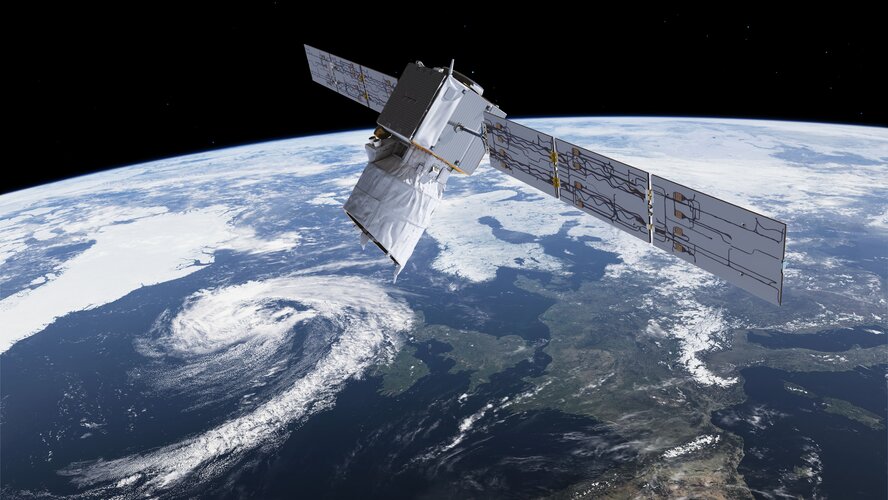
Aeolus reentry - LIVE
Get rolling updates on the Aeolus reentry, on the Rocket Science blog
The amazing new materials that hold the key to new space discoveries
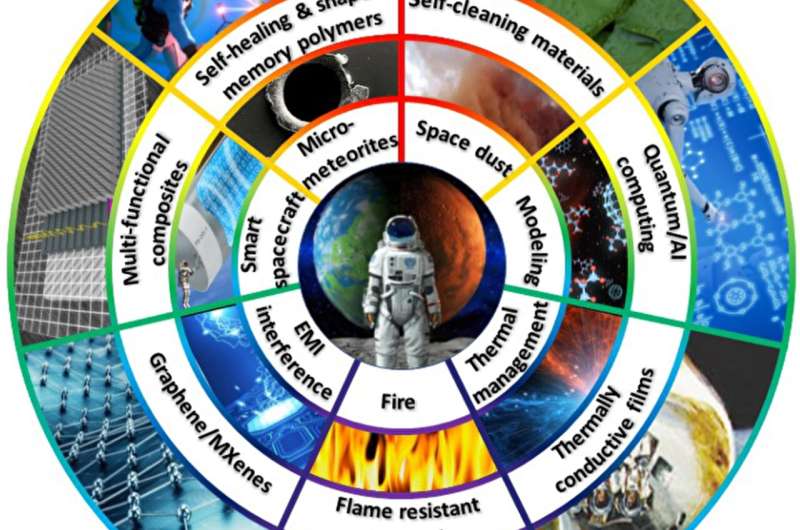
Space is a dangerous place. From micro-meteorites and electromagnetic interference to fires in space and extreme heat and cold, we need to develop new materials to enable the next generation of space travel and intergalactic travel.
New Swinburne research published in Advanced Composites and Hybrid Materials highlights the cutting-edge materials that are solving these problems, including those being developed by Swinburne's Multifunctional Materials and Composites team.
These include self-healing polymers, fire and thermally resistant materials, materials for thermal management, self-cleaning materials, EMI shielding materials and multifunctional carbon fiber composites.
Lead author and Swinburne Engineering Senior Lecturer Dr.
Engineers test printed electronics in space
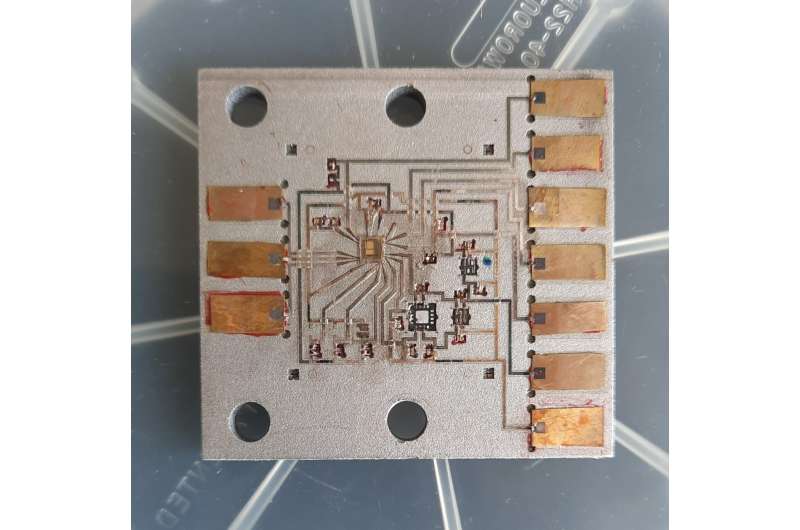
Today's small spacecraft pack sensors, guidance and control, and operating electronics into every available space. Printing electronic circuits on the walls and structures of spacecraft could help future missions do more in smaller packages.
Engineers successfully tested hybrid printed circuits at the edge of space in an April 25 sounding rocket flight from NASA's Wallops Flight Facility near Chincoteague, Virginia. Electronic temperature and humidity sensors printed onto the payload bay door and onto two attached panels monitored the entire SubTEC-9 sounding rocket mission, recording data that was beamed to the ground.
NASA picks Lockheed Martin to develop nuclear rocket
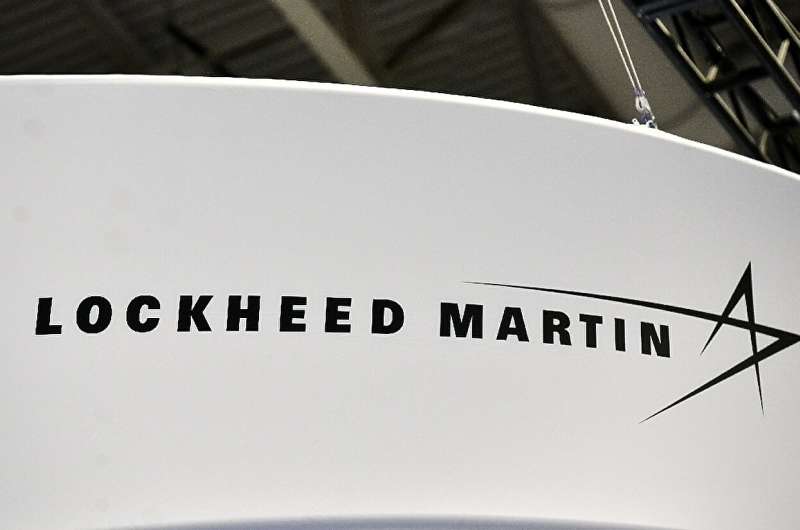
NASA and the US military said Wednesday they had selected defense contractor Lockheed Martin to develop a nuclear powered rocket, with a view to using the technology for missions to Mars.
The Demonstration Rocket for Agile Cislunar Operations (DRACO) program may launch as soon as 2027, officials said on a call.
Nuclear thermal propulsion (NTP) systems could cut journey times, increase fuel efficiency, and require less propellant, meaning future spacecraft could carry larger payloads than today's best chemical rockets.
NTP works by pumping a liquid propellant, in DRACO's case cryogenic hydrogen, through a reactor core, where uranium atoms split apart through fission.
NASA's Juno is getting ever closer to Jupiter's moon Io
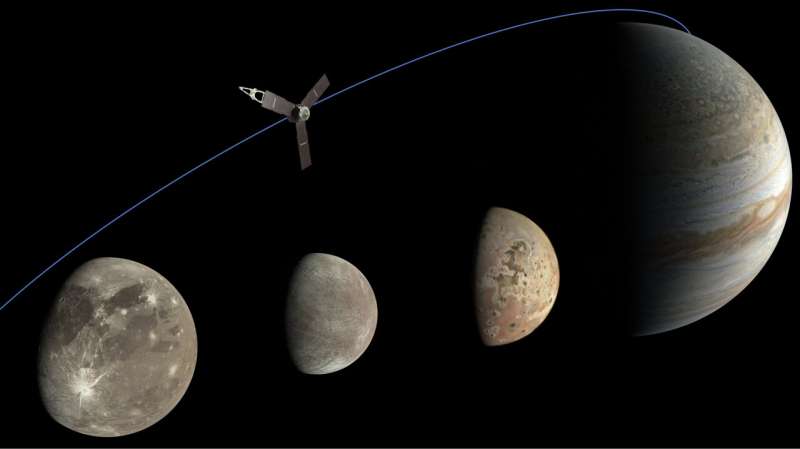
The spinning, solar-powered spacecraft will take another look of the fiery Jovian moon on July 30.
When NASA's Juno mission flies by Jupiter's fiery moon Io on Sunday, July 30, the spacecraft will be making its closest approach yet, coming within 13,700 miles (22,000 kilometers) of it.
